AA-Sport > Football > The history of the World Cup Championship - Italy, the third session in 1938
The history of the World Cup Championship - Italy, the third session in 1938
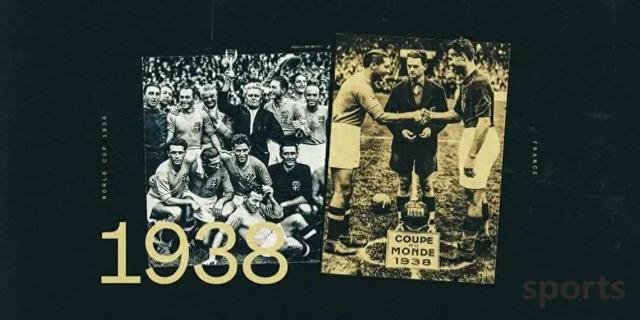
In the brilliant galaxy of the World Cup, the 1938 World Cup always seems to be shrouded in the fog of history. The pioneering significance of the first event in 1930, the special mark in the shadow of Mussolini in 1934, and the classic moments that were repeatedly remembered for television broadcasts after 1950 have all overturned the event. In addition to being the last World Cup before World War II, which was forcibly interrupted by history for 12 years, how much do we have to understand the 1938 World Cup final?
This event was held in France in part to recognize its core contributions in the early days of the World Cup. However, South American countries have objections to this, believing that it was their turn to host it, and Uruguay and Argentina refused to participate. At the same time, Spain was absent due to the civil war, Austria was annexed by Hitler after qualifying for the competition, and was forced to withdraw, and some players were even forced to represent Germany. FIFA strongly invited England to fill the vacancy, but was rejected. In the end, 15 teams participated, Sweden took a direct bye, and a football feast full of twists and turns kicked off. As the defending champion, Italy, although its victory four years ago was questioned, at this time they were in the unbeaten myth since November 1935, and they also held the title of the 1936 Olympic Games and became the target of public criticism.
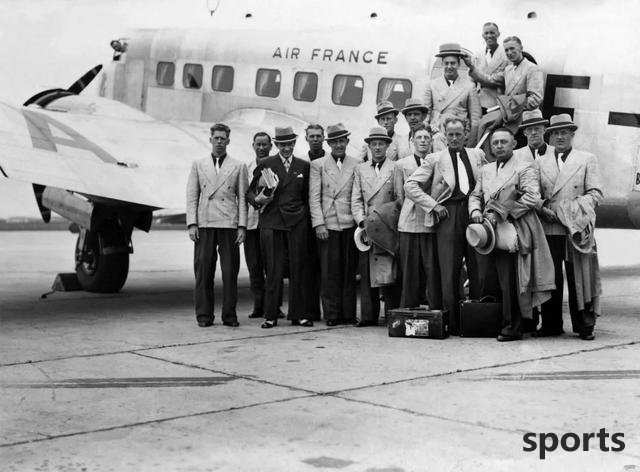
Sweden easily advanced to the quarterfinals
Head coach: Vittorio Pozzo
Vittorio Pozzo has been the coaching staff of the Italian team four years ago. Before the game, he confidently claimed that this team was stronger than the champion team in 1934 and successfully ignited the team's fighting spirit. Pozzo is not only a master of tactics, but also an inspiring leader. Before the semi-finals against Brazil, he learned that the Brazilian team had booked a flight from Marseille to Paris finals, so he went straight to the other party's training base to argue, and then returned to his team, using the arrogance of the Brazilian to arouse the fighting spirit of the players, and vowed to smash the opponent's fantasy.
However, Mussolini's interference was like a shadow. He asked the team to give a fascist salute before the game and insisted that Italy wear a black jersey in the quarter-finals against France, which is the only time in the history of the Italian team wearing this colored jersey. The most ridiculous thing is that Mussolini insists on letting the mobility-inconvenient veteran Eraldo Monzeglio play because he was once the private football and tennis coach of Mussolini's children. Fortunately, the Italian Football Association president objected to Monzeglio's performance after the first match against Norway, so Pozo was able to use the highly praised Alfredo Fani in subsequent games to control the right to choose the lineup.
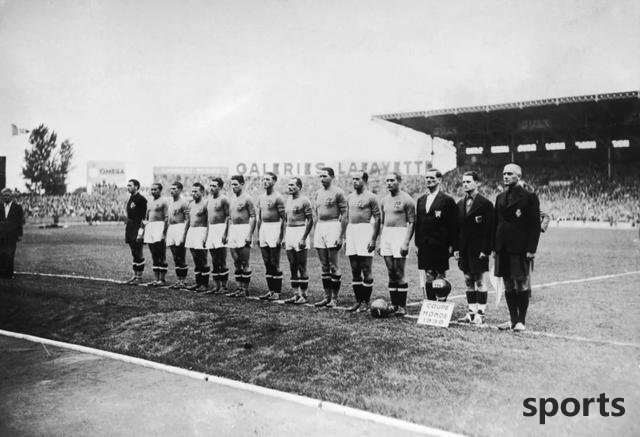
Planning Italian team with Pozzo (left) in 1938, Tactics: Exquisite cooperation and local characteristics, it is difficult to find evidence that the Italian team's formation has changed significantly compared to four years ago, but this team's skills are more exquisite, and the passing cooperation in the offensive third zone is exquisite. The team is also more Italian-local, although there is still South American player Michele Andreolo, who helped Uruguay win the 1935 Copa America, succeeding Argentina-born Luis Monty to guard the key central defender position. The wingers are all led by local players, right winger Amedeo Biawati is a cross-player, while Gino Kolosi on the left is even more threatening to score goals. In order to participate in the competition, Kolosi scored goals in the quarter-finals, semi-finals and finals, proving his choice with his strength.
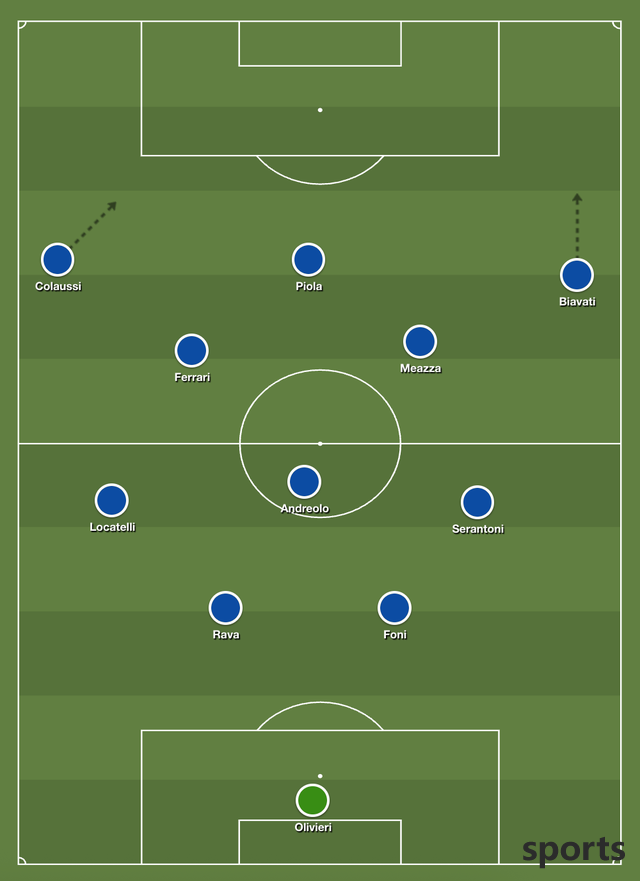
Key player: Piola's brilliant light
The hero Giuseppe Meazza, the champion who won the championship four years ago, is still in the midfield, but the core of the team has quietly changed hands at this time. Silvio Piola made his mark after winning the Italian championship in 1934. In the 1936-37 season, he helped Lazio win the league championship and won the Serie A top scorer. Piola is an all-round center. She is not only superb in shooting skills, but also comprehensive and selfless. She can connect with the midfield and is also good at creating opportunities for her teammates. With her clever straight pass, she guides offensive players to break through the defense.
In this competition, Piola's five goals were key. In the first match against Norway, he scored a goal in overtime; in the quarter-finals, he scored twice with Biawati's cross after the host equalized the score; in the final, he was both an offensive organizer and scored two goals to secure the victory. However, his foul against Brazilian central defender Domingos da Gia in the semi-finals also caused a lot of controversy when the concept of "fake fall" was not yet popular. Piola became the best scorer in Serie A history with 274 goals, surpassing Francesco Toti 24 goals. Considering that the war made him miss three seasons and a year in the second division in the middle of his career, this achievement is even more legendary. He has played for giants such as Lazio, Torino and Juventus. Provercelli and Novara, two clubs that are now playing in Serie B, are named home courts after the "Silvio Piola Stadium", which shows his influence. In the finals of the 1946 Italian star forward Silvio Piola, Italy defeated Hungary 4-2, but the game process may not be as ups and downs as the score. It is reported that Italy's deep defense and counterattack tactics have made the game slower, which is a very uncommon style of play in the 1930s, but it showed strong power in the finals.
This is the first World Cup final with clear television broadcasts, and Piola is undoubtedly the most dazzling star on the court. He first made a precise long pass from the right, assisting Colossi to volley; after Hungary Par Titos quickly equalized the score, Piola helped Italy lead again; then Colossi scored again; after halftime, George Sarosi narrowed the gap for Hungary. At the critical moment, Biawati assisted Piola for the third time, and Italy secured the victory 4-2 and successfully defended the title. Every goal of Piola in the final is of great significance. His second goal secured the victory, but the first goal helped Italy lead 2-1, which is a classic work of team cooperation. Piola passed the ball to the right winger Giovanni Ferrari, who dribbled the ball to the left and seemed to be shooting directly, but unexpectedly passed the ball back to Meacha on the right. This seemingly adventurous pass was tricked by Meacha with a fake shot to trick the defender, and then passed it to Piola just in time, who achieved it in one go. In the context of football in the 1930s, such a combination is exquisite.
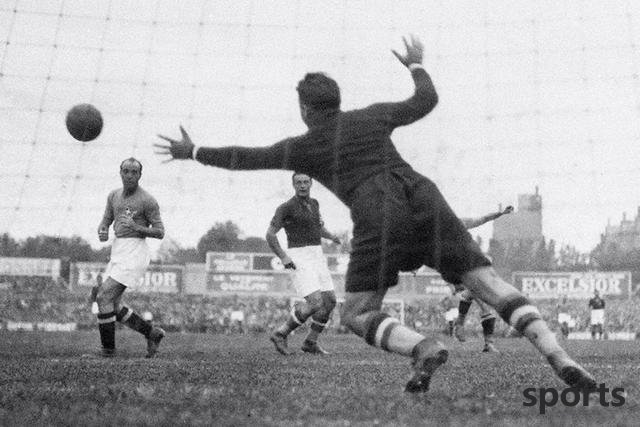
Italy Giovanni Ferrari (left) shot
The opponent lets the water?
Italy luckily avoided Brazil's two strongest strikers in the semi-finals, and the story behind it was complicated. Brazil's ace center Leonidas won the tournament's top scorer with seven goals, but the quarter-final rematch against Czechoslovakia happened to be two days before the semi-finals. Leonidas is the only player to play in both games, although he was injured in his first match against Poland and eventually missed the semi-finals. This decision caused an uproar in Brazil, and many people believe that coach Ademar Pimenta was hiding him for the final. Leonidas made a debut in the third and fourth finals and scored a goal, which further confirmed this speculation.
Another striker, Leonzizo Fattoni, who was supposed to appear, once played for Lazio and faced recruitment after obtaining dual Italian nationality. Because his newlyweds and his deceased cousin was mourning his dead cousin, Fatoni was unwilling to join the army, and Lazio paid him a ticket to return to Brazil. He stayed in Brazil to play football without the permission of the club, violating FIFA regulations. Although Italy has not formally complained, it has a little hint that Brazil has to give up letting Fattoni appear. In the end, Jose Perasio, who lacked the threat of goal, made Italy's 2-1 victory over Brazil much easier than expected.
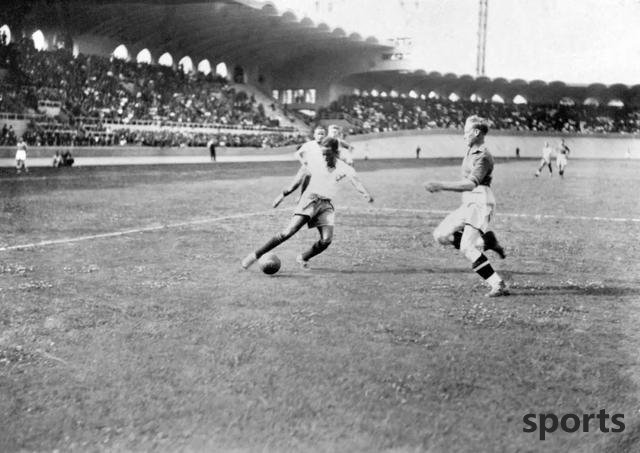
Leonidas played against Sweden's best team in the third and fourth finals?
This time, Italy's victory is hard to question, although the debate over whether the early World Cup brought together all the strong teams never stopped. In the first round against Norway, the opponent hit the goal frame three times. Italy did have some luck, but they eliminated the host France and the powerful Brazil all the way, and easily defeated Hungary in the final, showing a unique football style. After defending the World Cup, Italy should have continued its glory, but surprisingly, they never appeared on the stage of the World Cup knockout stage for 32 years after that, until they reached the finals in 1970. This historical gap also added a bit of mystery to the victory in 1938.
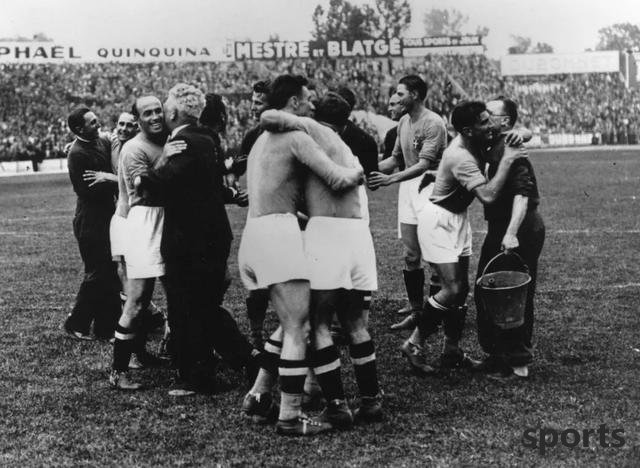
Italy deserves to win the 1938 final
Related Posts
De Sky: Lionel Messi no longer excludes the possibility of leaving the team in the winter window, and teams have inquired about loan options
FootballOctober 23 According to German Sky Sports reporter Florian Plettenberg, Ter Stegen may leave Barcelona in the winter window. The reporter revealed: It is possible for Ter Stegen to transfer in the winter, and he has no longer ruled out this possibil...
【Football】
moreChelsea analyzing Sunderland s long-ball tactics; ex-Liverpool chief to report to director
FootballHupu, October 23, the famous Daily Mail reporter Kieran Gil wrote this week’s Chelsea Weekly Report. The arrival of former Liverpool recruitment expert Dave Fallows will greatly strengthen Chelsea's leadership team. He will report to joint sport...
【Football】
moreReporter: Manchester United are keeping an eye on Greenwood, aware he could receive a sizeable bonus next year
FootballOctober 22 According to reporter Graeme Bailey, Manchester United is paying attention to Greenwood and has realized that he may receive a considerable bonus next year. The reporter said: "Manchester United is paying attention to Greenwood and i...
【Football】
more
Hot Posts
- Reporter: Guoan’s new coach and Setien have many differences and disputes over many ideas. We have seen the problem.
- Na wall? Onana Tushao staged 7 saves + zero-shots in a single game, media scored 9.1 points
- It looks bad! Menion was photographed leaving on crutches after the game in Milan
- [9.7 Sports Lottery] Dong Mo today and Sunday 4 strings 1 football match preview analysis!
- Guy brings good news to Liverpool, the best signing time is emerging, and Manchester United needs help
- Photograph: Ta and Guerrero only scored 5 points, Kimichboy praised
- TA: Arsenal introduces 16-year-old midfielder Ori Anvunada agreement and officially joins in January 2027
- Mannwan: Manchester City goes to Palermo for a friendly match, the plane is delayed by a rapper
- Italian media: The first question that Magic Diary asked Milan was "whether to win the championship", and the road to reconstruction is still long
- Mbappe welcomes his debut in the Club World Cup, reinstalling and injecting a booster into Alonso s new Real Madrid
Recent Posts
-
Real Madrid, which has changed a lot, is now aware of the difficulty of this job
-
One game 2-0, the Premier League powerhouse scored 3 points: 4 games 3 wins, 80 million stars exploded the world
-
British media: Crystal Palace midfielder Walton plans to transfer next summer, Liverpool has been preparing for him for a long time
-
Sunderland reverses Brentford 2-1, Zachar assists Isidor to count down
-
Wang Shuang: I hope the Chinese women s football team can show their own characteristics and make everyone s eyes shine
-
Times: Paris has priced Donaluma for 26 million pounds, attracting Premier League teams interest
-
Mi Ti: Due to lightning weather, Inter Milan Cup round of 16 is also at risk of interruption
-
Create history, Polish Super League becomes the first four teams to participate in the European League tournament
-
Official: 39-year-old former Slovak international defender Hupokan retires after the end of this season
-
Liverpool signs Wilz, creating a new midfield core of 150 million euros